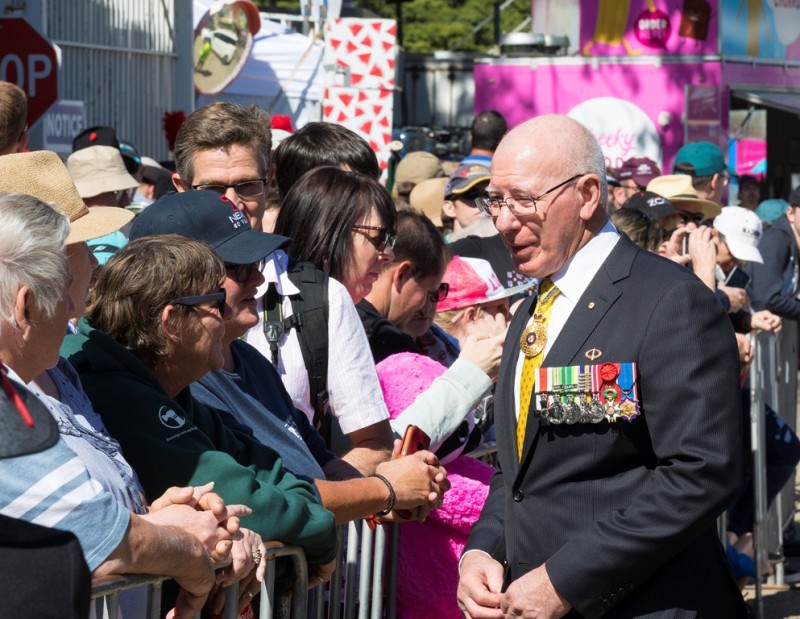How is the governor-general appointed and what is their role?
According to Section 2 of the Australian Constitution, the Governor-General is appointed by the King to be His Majesty's representative in Australia, on the recommendation of the Prime Minister, usually for a term of 5 years. As Australia is a constitutional monarchy the King is our Head of State. However, because the King lives in Britain, his powers are delegated to the Governor-General who lives in Australia.
They are the Commander-in-Chief of the Australian Defence Force and have many constitutional, ceremonial and civic duties.
The Constitution sets out some specific tasks for the Governor-General, including:
- giving Royal Assent to a bill - proposed law - passed by the House of Representatives and the Senate
- starting the process for a federal election
- appointing times for sessions of Parliament to be held.
The Governor-General's ceremonial duties include:
- attending the opening of a new Parliament and making a speech about what the new government intends to do
- administering the oath of office to the Prime Minister, ministers, judges and other officials
- meeting foreign heads of state and ambassadors.
The Governor-General also has civic duties which include:
- opening and attending national and international meetings and conferences
- attending functions as an official patron of organisations
- visiting places hit by national disaster, such as floods or fire.
The Governor-General engaging in ceremonial duties.

Office of the Governor-General
Description
The Governor-General, wearing a suit and medals on the left side of his chest, talks to people in a crowd.